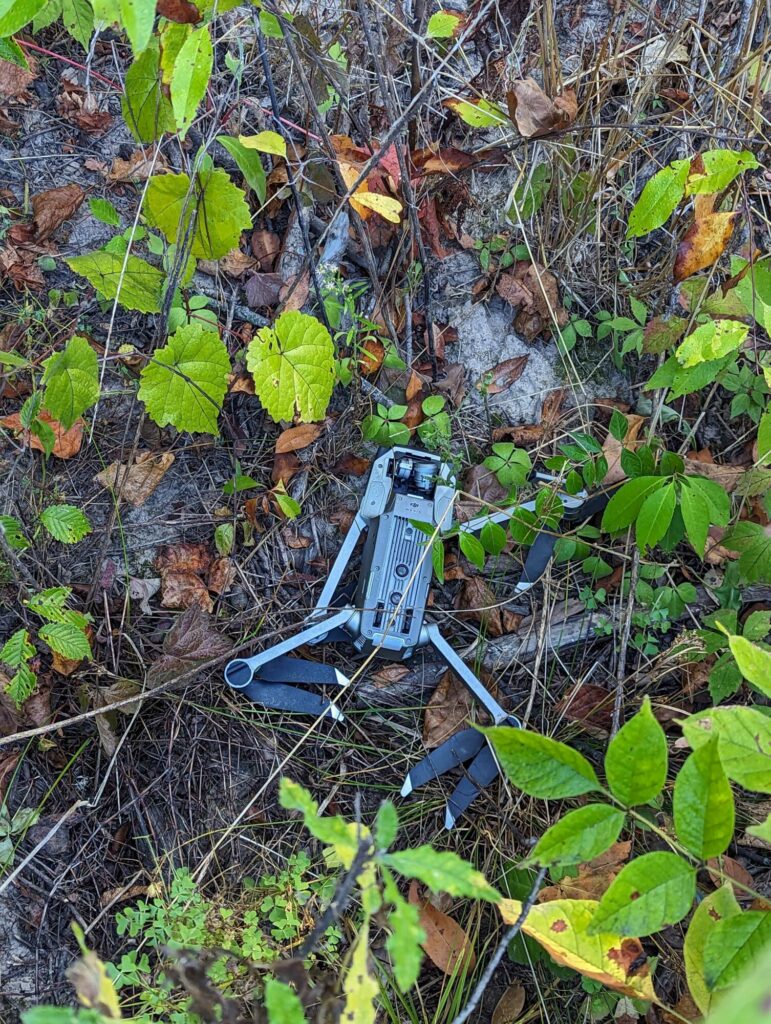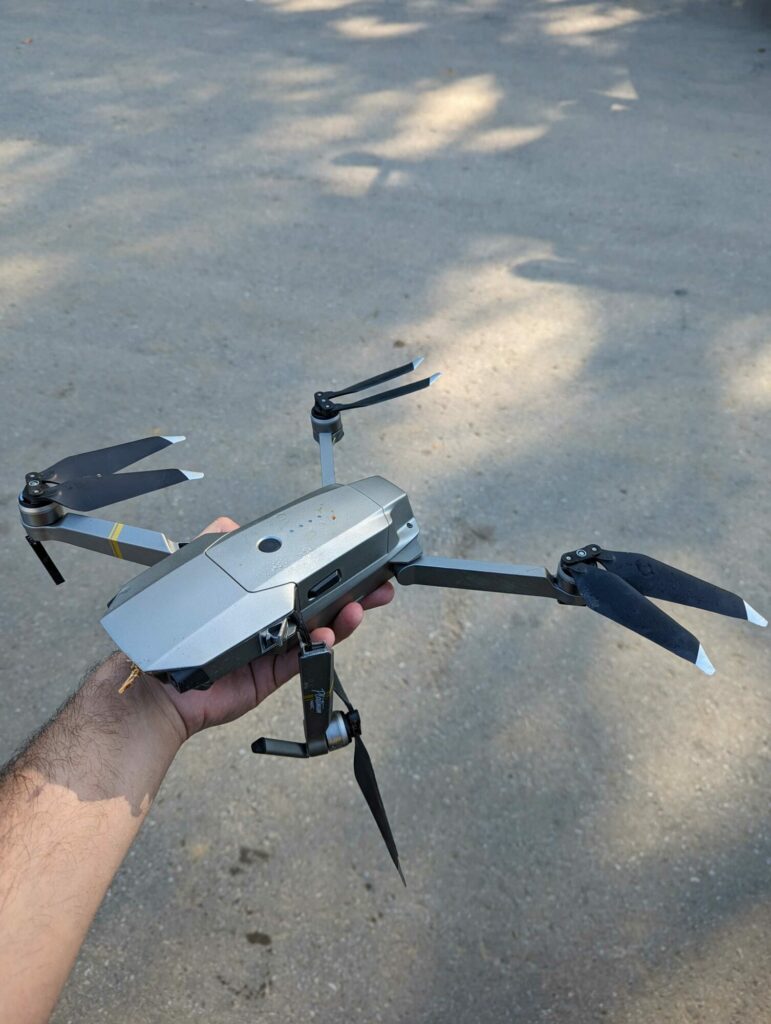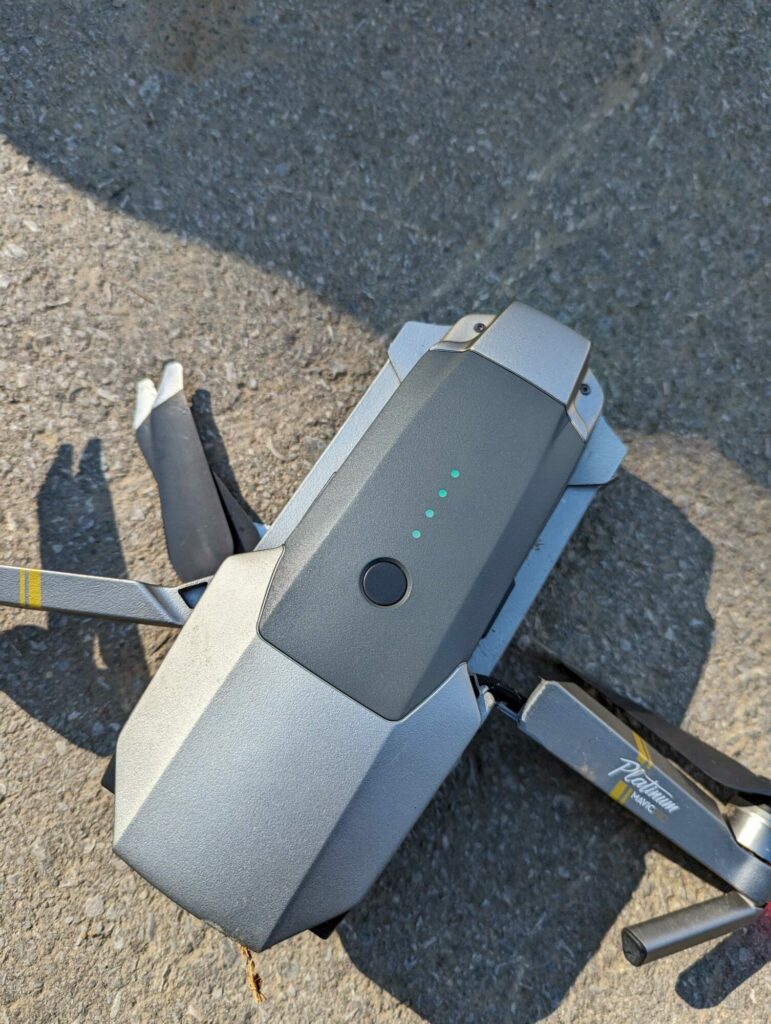From soaring over landscapes to navigating tight interior spaces, drone videography has revolutionized how brands showcase their stories from breathtaking new perspectives. Our video specialist Jon Cartagena brings a wide-ranging skillset to every project—from cinematography and sound design to post-production editing—but unlike the rest of us here at Rare Bird, he also maintains FAA certification, which is a requirement for commercial drone operation. His aerial expertise adds an exciting dimension to our clients’ visual narratives, capturing footage that was once impossible without helicopter rentals or elaborate crane setups.
Recently, Jon assembled a video reel to showcase his drone work for Rare Bird’s clients.
I sat down with Jon to learn more about his work behind the controls and how drone technology continues to transform our creative possibilities.
1. What certifications or training do you need to operate drones professionally?
JON: There are a couple key requirements. First, you need to know about the weight of your drone. If it’s over 250 grams (0.55 pounds), you must register it with the FAA through the Drone Zone. This takes about five minutes, costs $5, and they’ll provide a certificate you need to keep with you while flying. They’ll also give you a serial number that must be visibly displayed on your drone. Most drones used for professional video work exceed this weight limit and require registration.
Second, and most important for commercial work, is obtaining your Part 107 Remote Pilot Certificate. This is required by the FAA for any commercial flight operations. The certification involves passing an aeronautical knowledge test covering aviation concepts, airspace classification, weather, drone performance, emergency procedures, crew resource management, radio communications, and more. There are many online courses available to help you prepare. The test costs about $150, and once you pass, you’re certified for two years.
If you’re only flying recreationally, you’ll need to pass the Recreational UAS Safety Test (TRUST) instead, which is a free, simpler course offered through FAA-approved administrators. With a Part 107 certification, you don’t need the TRUST certificate. Following proper regulations is crucial, though—the FAA enforces these rules seriously, and violations can result in substantial fines.
2. What’s the most challenging environment you’ve flown a drone in, and how did you adapt your approach to capture the footage needed?
JON: The most challenging environment I can recall was in Portland a few years ago. It was extremely windy, and we were trying to capture an establishing shot of a neighborhood where we were filming. I needed to show the house location and surrounding area, so I flew a decent distance from my takeoff point.
After getting the shots, I tried to return, but the wind was so strong that my drone couldn’t fight against it. Knowing drones have limited battery life, I had to make a quick decision. Rather than trying to push through the wind, I looked for a safe landing spot and drove to recover the drone afterward. I found a good clearing in an open park with no people around and landed there.
Fortunately, drones record extensive GPS data, so I could see exactly where it landed even though I wasn’t familiar with the town. It was nerve-wracking to face wind more powerful than the drone’s motors—the real risk being that the wind could potentially carry it away completely.
I did crash a drone into a tree early in my time at Rare Bird. The crashing part was actually pretty easy. The hard part was finding the wreckage the next day. All the footage was recoverable, so I don’t consider it a failure—just an unplanned arboreal collaboration.



3. What’s the differences between indoor and outdoor drone operations? For example, are there unique challenges to filming inside large spaces, such as factories and warehouses?
JON: There are several key differences. From a legal perspective, outdoor flights are subject to FAA airspace regulations, while indoor flights are not considered to be in airspace, so those specific laws don’t apply inside buildings. This distinction doesn’t typically impact operations much since outdoor height restrictions (400 feet above ground level) exceed most building heights anyway.
Outdoor drones rely on GPS satellites for positioning, flight tracking, obstacle avoidance, and compass alignment. Indoors, building materials—especially metal—can interfere with compass readings and prevent GPS connections. Without GPS, the drone essentially flies “blind,” potentially affecting speed limitations, height restrictions, and obstacle avoidance features. Radio interference between the controller and drone can also be problematic indoors due to building materials and equipment.
Safety considerations differ significantly, too. Outdoors, you’re mainly avoiding trees, power lines, people, and buildings—relatively straightforward hazards. Inside warehouse facilities, you’re maneuvering around hanging lights, cables, and pillars throughout the space. This requires meticulous planning of flight paths to avoid collisions that could damage the drone or facility equipment. In more industrial settings, there are additional risks—flying too close to a vat of molten steel, for instance, depending on the client.
4. What’s the most unexpected or innovative way you’ve used drone technology to best deliver a client’s visual storytelling?
JON: Indoor flight capabilities consistently impress clients. Many people assume you can’t fly drones inside buildings, so demonstrating that it’s possible with proper precautions always makes an impact. Transitioning from outdoor to indoor footage in a single shot is particularly effective.
The drone’s time-lapse function is another feature that delivers stunning results. I don’t get to use it frequently, but when appropriate for a project, it creates truly remarkable footage that stands out from typical drone work.
A less conventional application is using the drone as a stabilized gimbal. By turning off the propellers and simply walking with the drone, you can capture incredibly smooth footage. The camera’s stability—designed to compensate for aerial movement—works equally well for ground-level tracking shots. It’s a creative use that extends beyond what most people expect from drone equipment.
5. What questions do clients typically ask about the drone? How do you help them understand what’s possible for their specific project?
JON: Clients are usually quite curious about the technology. Common questions include how far and how high the drone can fly, how to get started with drone piloting, legal requirements, battery life, and brand-specific capabilities.
Interestingly, I’ve never encountered negative reactions from bystanders during shoots. Despite stories about people being concerned about privacy when drones are flying, I’ve only experienced curiosity about the technology. Most onlookers are simply intrigued by the equipment and capabilities rather than getting upset about being recorded.
Jon’s drone footage capturing the April 8, 2024 total solar eclipse over central Indiana, showing the brief darkness and 360-degree “sunset” effect across the Hoosier landscape.
Contact our team to explore the possibilities for your next video project. The sky’s the limit—literally.
You Might Also Like:
- The Power of Storytelling—Video
- The Era of Video Marketing
- What Are Your Video Needs?
- Video in Web Design: Balancing Technical Requirements with Creative Vision
Sign up for Bird Feed, our monthly newsletter, to receive articles like this in your inbox.